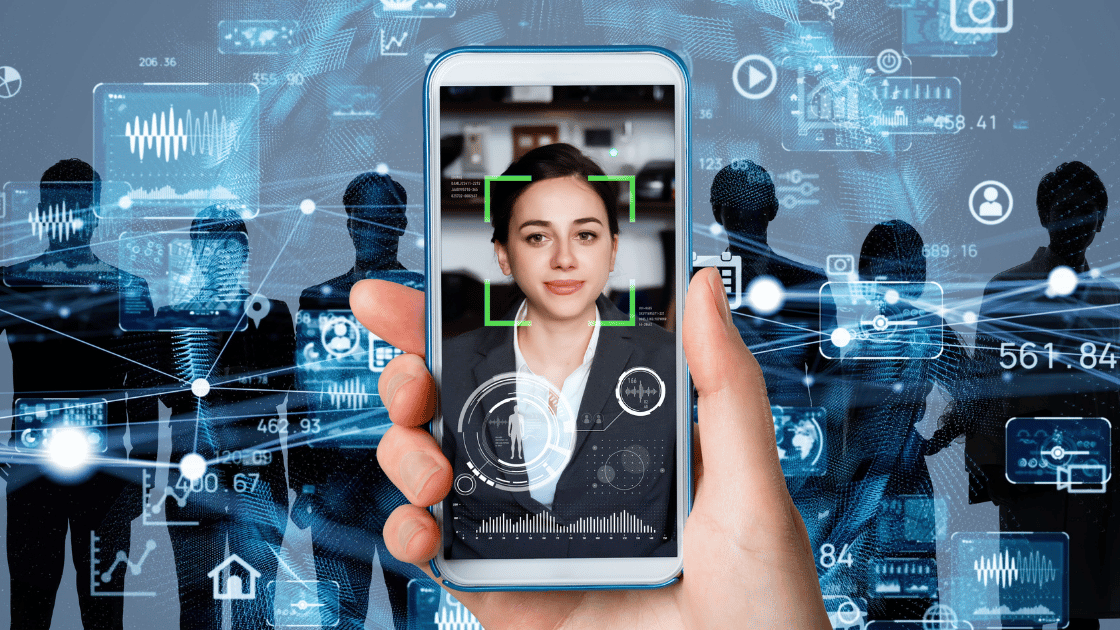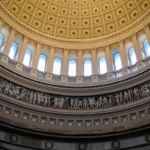Technology and Privacy Case Law: Adapting to New Challenges

In today’s rapidly evolving digital landscape, technology’s pervasive presence in daily life has significantly reshaped how individuals interact with the world and how their data is generated, stored, and shared. While technological advancements have enhanced connectivity, efficiency, and convenience, they have also introduced new challenges and risks regarding privacy. As a result, courts have had to adapt their approach to privacy law in response to the novel issues raised by emerging technologies.
The Evolution of Privacy Law in the Digital Age
Historically, privacy law was grounded in the principle that individuals have a right to control their personal information and protect it from unauthorized intrusion. In the United States, privacy law developed in response to societal needs, from the early recognition of the right to be left alone to the development of more formal legal frameworks. Over time, various federal and state laws were enacted to address specific privacy concerns, such as the Privacy Act of 1974, the Electronic Communications Privacy Act (ECPA), and the Health Insurance Portability and Accountability Act (HIPAA). These laws were designed to address privacy concerns in specific contexts, such as government surveillance, communications, and healthcare.
However, with the advent of new technologies such as the internet, smartphones, and cloud computing, the traditional approaches to privacy law have been challenged. The constant flow of data across borders, the ability of companies to collect vast amounts of personal information, and the widespread use of technologies like facial recognition, GPS tracking, and artificial intelligence have raised questions about how privacy can be effectively protected in the digital age.
The Challenge of Data Privacy and Security
One of the most significant privacy challenges arising from technological advancements is the issue of data privacy and security. Companies and organizations now collect enormous amounts of personal data from users across a wide range of platforms—social media, e-commerce websites, fitness apps, and even home devices. This data is often used to create user profiles for marketing, recommendation systems, and behavioral analysis.
Courts are increasingly faced with the question of how to regulate data collection and its use. The legal framework in the United States is somewhat fragmented, with federal laws addressing specific types of data (e.g., HIPAA for health data, the Children’s Online Privacy Protection Act (COPPA) for children’s data) but no comprehensive federal data privacy law governing all forms of personal data.
Case Law on Data Privacy
Several key cases have addressed privacy and technology, particularly in relation to data privacy and security. One notable example is Carpenter v. United States, 138 S. Ct. 2206 (2018), where the Supreme Court addressed the constitutionality of the government’s warrantless acquisition of cell phone location data. The Court ruled that the government’s access to historical cell site location information violated the Fourth Amendment, holding that individuals have a reasonable expectation of privacy in the data generated by their cell phones. The decision marked a pivotal moment in the evolution of privacy rights in the digital age and demonstrated the Court’s recognition of the unique privacy concerns raised by new technologies.
Another key case is Facebook, Inc. v. Duguid, 141 S. Ct. 1163 (2021), in which the Supreme Court examined the Telephone Consumer Protection Act (TCPA) and whether automated text messages sent by Facebook qualified as calls under the statute. Although the case did not focus directly on privacy, it raised important questions about how courts should interpret privacy laws in the context of emerging communication technologies. The Court ultimately ruled that Facebook’s messages did not qualify as robocalls under the TCPA, highlighting the complexity of applying traditional legal frameworks to new technological environments.

Facial Recognition and Privacy
Facial recognition technology presents another area of concern in the intersection of technology and privacy law. Facial recognition has become increasingly prevalent in public spaces, such as airports, shopping malls, and government buildings, as well as in private sector applications like smartphones and security systems. While this technology can enhance security and convenience, it also raises significant privacy issues, including the potential for mass surveillance, tracking individuals without consent, and the risk of misuse.
In recent years, courts have begun to address these concerns. In In re Facebook Biometric Information Privacy Litigation, 185 F. Supp. 3d 1155 (N.D. Cal. 2016), a class-action lawsuit was filed against Facebook for allegedly violating the Illinois Biometric Information Privacy Act (BIPA) by using facial recognition technology to tag users in photos without their consent. The court allowed the case to proceed, acknowledging that biometric data is uniquely sensitive and deserving of special privacy protections. This case underscores the growing recognition that biometric data, including facial recognition, is a form of personal information that requires legal scrutiny and regulation.
The Future of Privacy Case Law
As technology continues to advance at an unprecedented pace, the legal system faces ongoing challenges in adapting to the rapidly changing landscape of privacy law. Courts will likely continue to play a pivotal role in interpreting existing legal frameworks, developing new legal standards, and addressing the unique privacy concerns raised by emerging technologies.
Future developments may include the establishment of a comprehensive federal privacy law, more robust protections for biometric data, and clearer guidelines for the use of AI in decision-making processes. Additionally, there may be increased emphasis on transparency, consent, and accountability in the way companies and governments collect, store, and use personal data.

Stay up to date on the intersection of technology and privacy protections with Continuing Education of the Bar (CEB)
CEB provides a range of online services designed to enhance legal practice, including Practitioner, CEB’s all-in-one legal research solution with authoritative practice guides. Practitioner is meticulously crafted by California lawyers for California lawyers, providing comprehensive insights and resources tailored to your specific needs. All practice guides seamlessly integrate with CEB’s primary law research tool, empowering you to delve into California, Ninth Circuit Court of Appeals, and U.S. Supreme Court case law, alongside California statutes and the California Constitution. As part of the Practitioner subscription, you gain access to DailyNews, ensuring you stay updated on any critical new cases or developments in your field. And don’t forget, Practitioner also includes TrueCite®, CEB’s powerful case law citator, enhancing your research efficiency and accuracy.
Our tools offer unparalleled support in case law research, legal analysis, and staying updated with the latest judicial decisions. By choosing CEB, you gain access to a wealth of knowledge, enabling you to navigate complex legal landscapes with confidence and precision.
Read more related content
- California’s Proposed Antitrust Crackdown: SB 763 Penalties Could Jump from $1 Million to $100 MillionCalifornia’s Proposed Antitrust Crackdown: SB 763 Penalties Could Jump from $1 Million to $100 Million A $1 million penalty for California corporations found guilty of criminal antitrust charges could soon … Continued
- California Wildfire Legal Response: Executive Orders, CEQA Exemptions, and Rebuilding GuidelinesCalifornia Wildfire Legal Response: Executive Orders, CEQA Exemptions, and Rebuilding Guidelines The Los Angeles and Ventura County wildfires are, first and foremost, a human tragedy, displacing families, devastating communities and … Continued
- Navigating the Litigation Process in California: A Practitioner’s Handbook Litigation in California can be a complex and time-intensive process, requiring legal practitioners to have a thorough understanding of procedural rules, case law, and effective legal strategies. Whether representing plaintiffs … Continued



